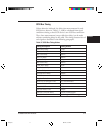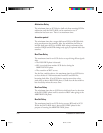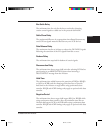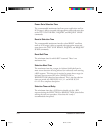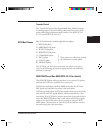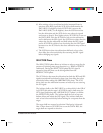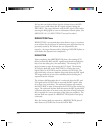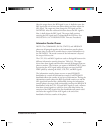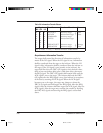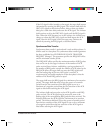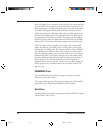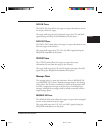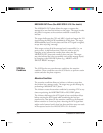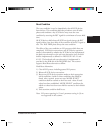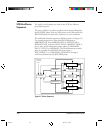
M3099GX/GH OEM Manual 3-19
INTERFACE
After the target detects the BSY signal is true, it shall also assert the
BSY signal and wait at least two deskew delays and then release the
SEL signal. The target may then change the I/O signal and the
DATA BUS. After the reselected initiator detects the SEL signal is
false, it shall release the BSY signal. The target shall continue
asserting the BSY signal until it relinquished the SCSI bus. (See
ANSI SCSI-2 6.1.4.2. RESELECTION Time-out Procedure)
Information Transfer Phases
NOTE: The COMMAND, DATA, STATUS, and MESSAGE
phases are all grouped together as the information transfer phases
because they are all used to transfer data or control information via
the DATA BUS. The actual content of the information is beyond
the scope of this section.
The C/D, I/O, and MSG signals are used to distinguish between the
different information transfer phases(see Table 3.6). The target
drives these three signals and therefore controls all changes from one
phase to another. The initiator can request a MESSAGE OUT phase
by asserting the ATN signal, while the target can cause the BUS
FREE phase by releasing the MSG, C/D, I/O, and BSY signals.
The information transfer phases use one or more REQ/ACK
handshakes to control the information transfer. Each REQ/ACK
handshake allows the transfer of one byte of information. During the
information transfer phases the BSY signal shall remain true and the
SEL signal shall remain false. Additionally, during the inforamtion
transfer phases, the target shall continuously envelope the REQ/ACK
handshake(s) with the C/D, I/O, and MSG signals in such a manner
that these control signals are valid for a bus settle delay before the
assertion of the REQ signal of the first handshake and remain valid
until after the negation of the ACK signal at the end of the
handshake of the last transfer of the phase.
#03.pm5 98.2.22, 1:31 PM19



